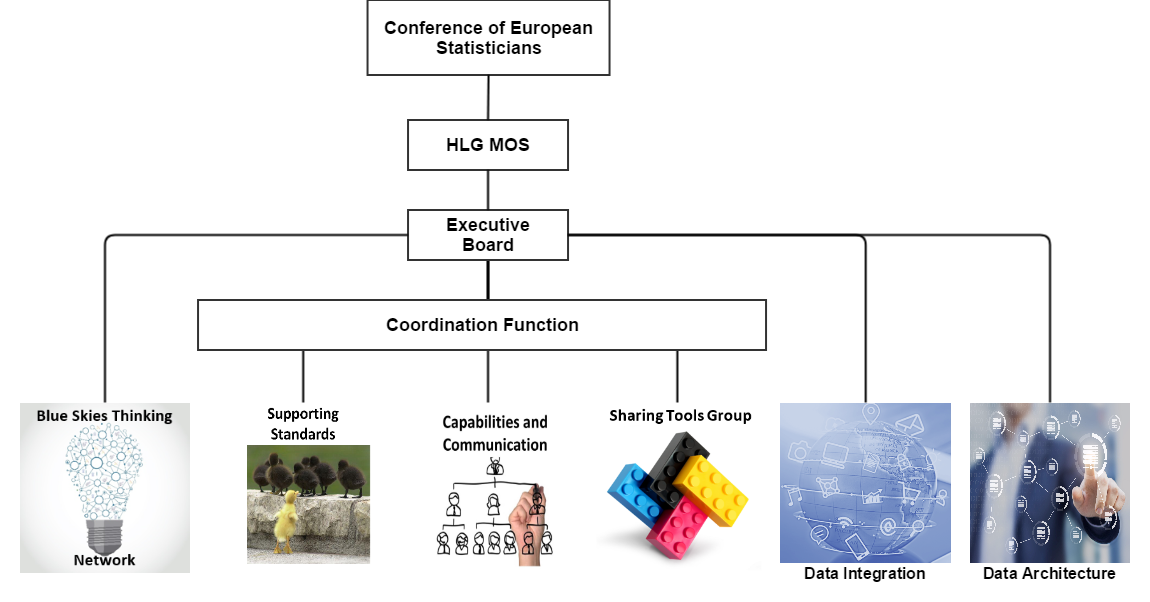Blog stream
Create a blog post to share news and announcements with your team and company.
View all posts
Generic Statistical Business Process Model is used by more than 50 organisations world wide to describe statistical production. Read more here
Generic Activity Model for Statistical Organisations (GAMSO) extends and complements the GSBPM by describing overarching activities and processes to support the production of official statistical production. Read more here
CSPA
Public web space of the UNECE High Level Group for the Modernisation of Official Statistics (HLG-MOS)
We oversee and manage:
Four collaboration groups: Standards, Sharing, DOR, BS
Modernisation Projects: 2018 projects
Specialised topics: Dissemination and Communication, Collection, Statistical Data Editing and confid
Space managed by: Thérèse Lalor
What is the HLG
HLG-MOS Outputs
The UNECE High-Level Group for the Modernisation of Official Statistics (HLG-MOS) was set up by the Conference of European Statisticians (CES) in 2010 to oversee and coordinate international work relating to statistical modernisation. It promotes standards-based modernisation of official statistics.
The HLG-MOS oversees modernisation projects and manages the models and tools needed to support modernisation in statistical organisations. It aims to improve the efficiency of statistical production, and help statistical organisations to produce outputs that better meet user needs. The HLG-MOS focuses on "cutting-edge" developments, working with those statistical organisations that are both willing and able to contribute. However, outputs are available to all, and other groups and organisations are encouraged to use these in their capcity-building work with less developed statistical systems.
Browse this wiki to find out about the goals and work of the HLG-MOS and its subsidiary bodies, and how you can become involved.

To see the Terms of Reference for these groups, click here





